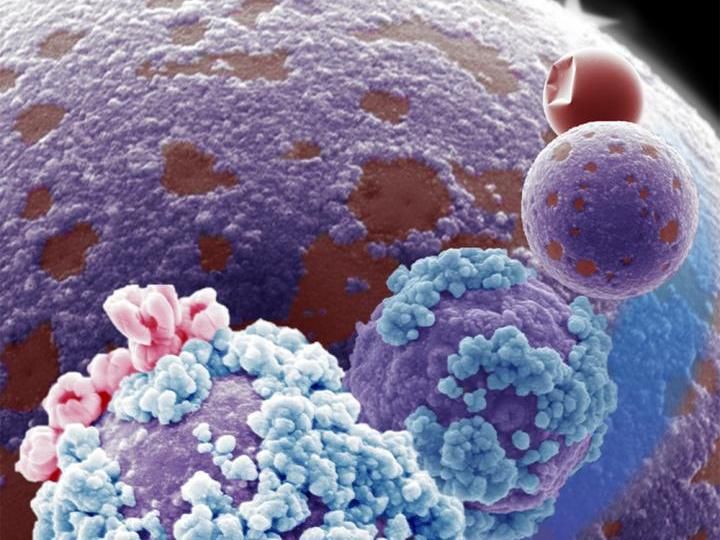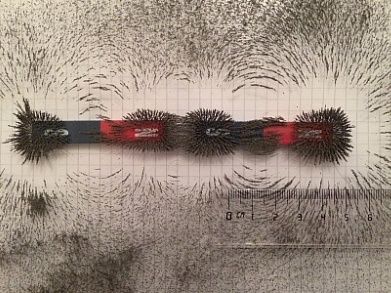'Goldilocks material' could change spintronics
Attempting to develop a novel type of permanent magnet, a team of researchers at Trinity College in Dublin has discovered a new class of magnetic materials based on Mn-Ga alloys.
Described as a zero-moment half metal in Applied Physics Letters, from AIP Publishing, the new Mn2RuxGa magnetic alloy has some unique properties that give it the potential to revolutionize data storage and significantly increase wireless data transmission speeds.
The discovery realizes a goal researchers have sought for several decades: to make a material with no net magnetic moment, but full spin polarization. Having no magnetic moment - essentially a measure of the net strength of a magnet - frees the material from its own demagnetizing forces and means that it creates no stray magnetic fields. Zero moment also means being immune to the influence of any external magnetic fields, unlike conventional ferromagnets. As a result, there would be no radiation losses during magnetic switching of the material, which occurs as data is read or written, for instance. This property, coupled with full spin polarization means that the material should be extremely efficient in spintronics - the electronics of magnetized electrons.
Furthermore, it promises to shift the ferromagnetic resonance frequency, the maximum speed at which data is written or retrieved, into the low terahertz range. This range is currently of great interest for fast data transmission, but it is unexploited since it is difficult to make effective, yet reasonably-priced emitters and detectors that operate at such extremely high frequencies.
Though scientists have long recognized the merits of such a 'zero-moment half metal', nobody has been able to synthesize one. Several have been proposed through the years, but none of them delivered this combination of properties.
Now the Trinity College team, led by Michael Coey, studying spin-dependent transport properties of Mn2RuxGa (MRG) thin-films as a function of the Ru concentration, developed a zero-moment half metal free from demagnetizing forces that created no stray fields, essentially removing two of the obstacles to integrating magnetic elements in densely packed, nanometer-scale memory elements, and millimeter-wave generators.
The secret was in combining the manganese with the ruthenium, said Karsten Rode, a co-author on the new paper.
"Mn is in the Goldilocks zone - the magnetic coupling of the electrons is neither too strong nor too weak - just right," he said. "Ruthenium plays a critical role since without any Ru, even if one were able to crystallize the alloy in the right structure, the electronic bands contributing to the conduction would be only slightly spin polarized."
Building a better magnet
The solution the Trinity College team came up with was to design a material such that the moments of two inequivalent, oppositely aligned magnetic Mn sublattices perfectly compensated for one another - essentially cancelling each other out and giving no net moment. But, in a simplified picture, only one of these sublattices actually carries current - so that the result was a 100 percent spin polarized current with no net magnetic moment.
The development of this new material required a delicate balance. Spin-polarized current is due to the coupling of electrons in localized magnetic states (d-states) with mobile electrons in current-carrying states (s-states). If this coupling is too strong in a two-sublattice system, the spin polarization of the mobile carriers in the material tends to average to zero, but on the other hand, if the coupling is too weak, only a small fraction of the s-like electrons are spin polarized, and this would result in a very low spontaneous Hall effect. It is the spontaneous Hall effect that provides one piece of evidence of the spin polarization at room temperature.
Rode explained that the Manganese in the material was key to achieving this breakthrough because it allowed them to create a highly spin-polarized band of s-like electrons, yet keeping the magnetic coupling weak enough to allow for one of the spin bands to be pushed away from the Fermi level where all the conduction takes place. The addition by Ruthenium of both electrons and extra electronic states was also key because that made it possible to achieve zero net moment.
"The most difficult part was to understand that our new material was truly special," said Rode. "Our first experimental results could have been dismissed as a weakly-anisotropic ferrimagnet of no particular interest. Once we realized that there was a possibility that we could achieve full compensation of the magnetic moments, coupled with a large spin polarization, we started checking to see if the 'zero-moment half metal' hypothesis would stand intense scrutiny - and it did."
Now that the first example of this new type of magnet has been developed, the team will work to realize its benefits. "We need to demonstrate the spintronic functionality in a practical device" Rode said. "This is challenging for a Mn-based alloy. The manganese is easily oxidized and this has to be avoided in a fully-functional thin-film device stack. But now that we think we understand the conditions necessary to create a zero-moment half metal, it is likely that MRG will not long remain an only child."
Original publication
Original publication
Naganivetha Thiyagarajah, Yong-Chang Lau, Davide Betto, Kiril Borisov, J. M. D. Coey, Plamen Stamenov and Karsten Rode; "Giant spontaneous Hall effect in zero-moment Mn2RuxGa."; Applied Physics Letters 2015.
Organizations
Other news from the department science

Get the chemical industry in your inbox
By submitting this form you agree that LUMITOS AG will send you the newsletter(s) selected above by email. Your data will not be passed on to third parties. Your data will be stored and processed in accordance with our data protection regulations. LUMITOS may contact you by email for the purpose of advertising or market and opinion surveys. You can revoke your consent at any time without giving reasons to LUMITOS AG, Ernst-Augustin-Str. 2, 12489 Berlin, Germany or by e-mail at revoke@lumitos.com with effect for the future. In addition, each email contains a link to unsubscribe from the corresponding newsletter.
Most read news
More news from our other portals
Last viewed contents
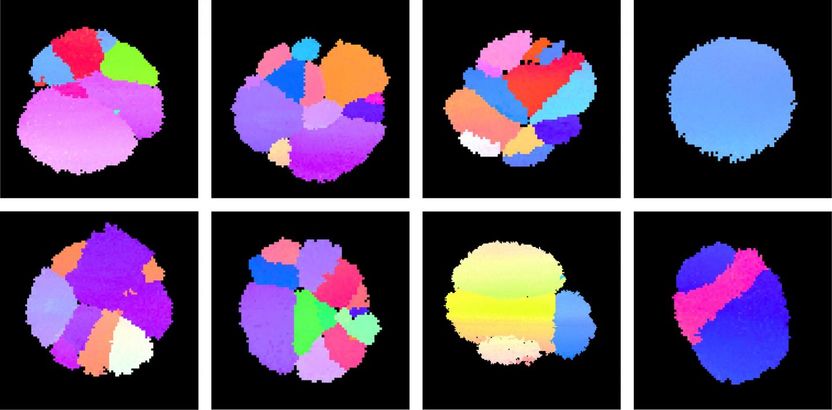
Single nanoparticle mapping paves the way for better nanotechnology
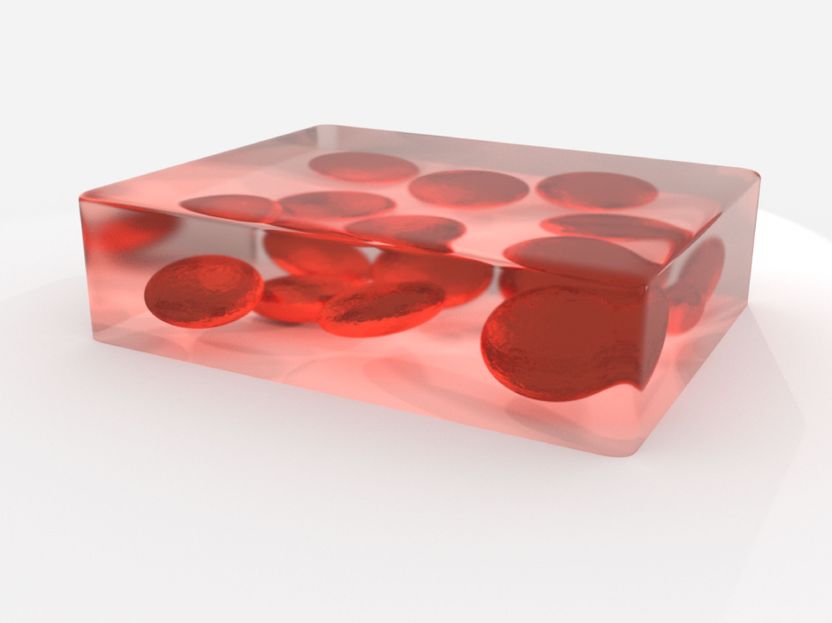
Electrons use the zebra crossing - Exotic Patterns of interacting electrons at the metal-insulator transition
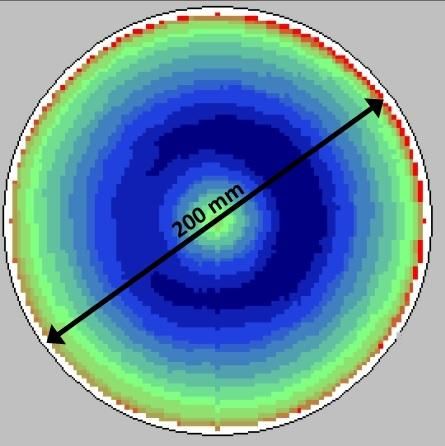
GaN-on-Silicon for scalable high electron mobility transistors
Open_hearth_furnace

Maize and milk proteins can replace fossil fuels and metals in the production of nanostructured surfaces - Sustainably produced nanotechnology
Activin
TGF_beta
Basell launches new Metocene metallocene-based polypropylene grade targeted to customer TWIM
Eindhoven researchers observe shell growth thanks to 'ion sponge' - Revolutionary microscope technology confirms 30-year-old theory
Pfizer Acted Responsibly In Sharing Celebrex Alzheimer's Study Data With FDA - Public Citizen Charge is Misleading and Unfair to Patients
R&D for Next-Generation Solid State Batteries - Partnership between Fraunhofer and Hydro-Québec
